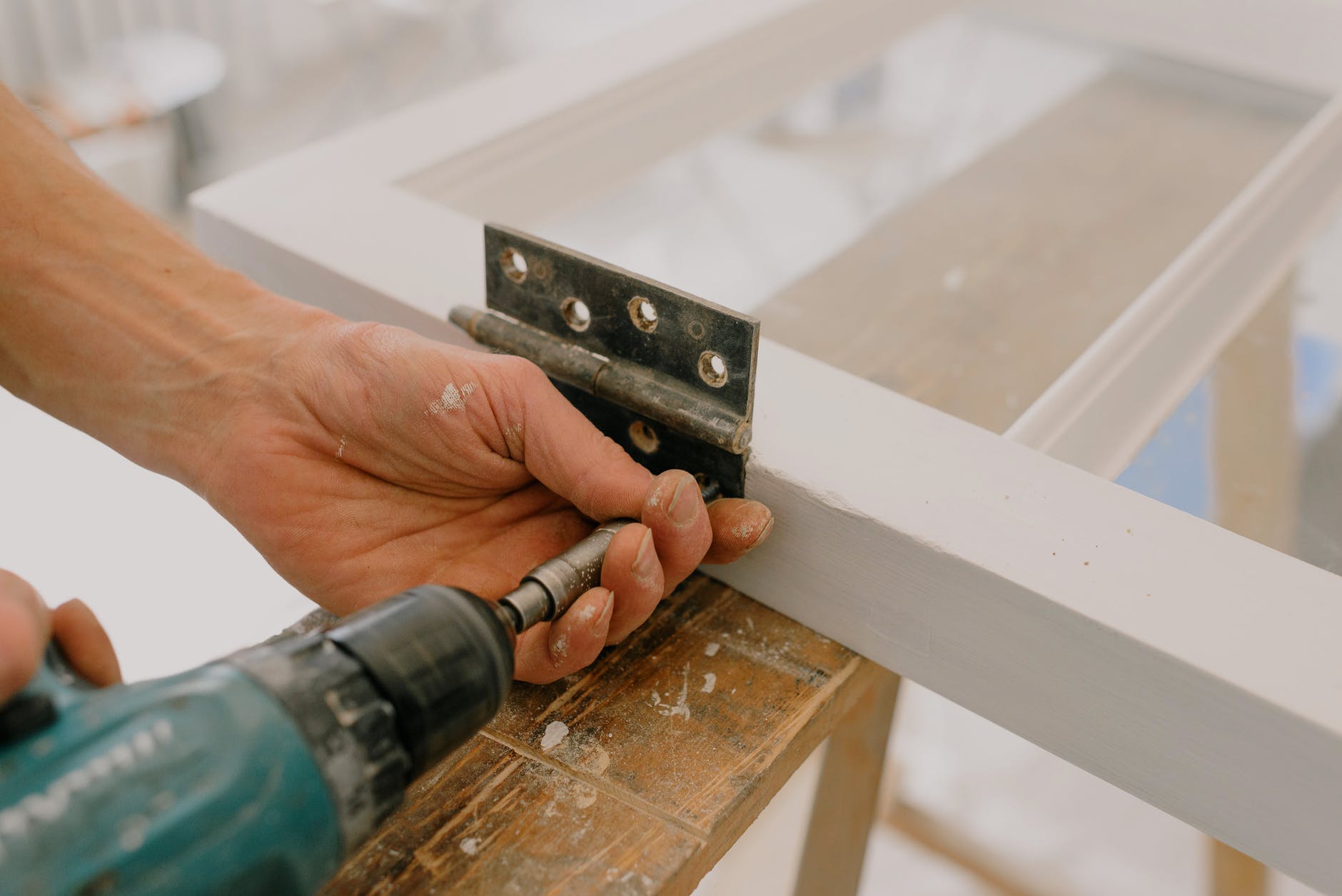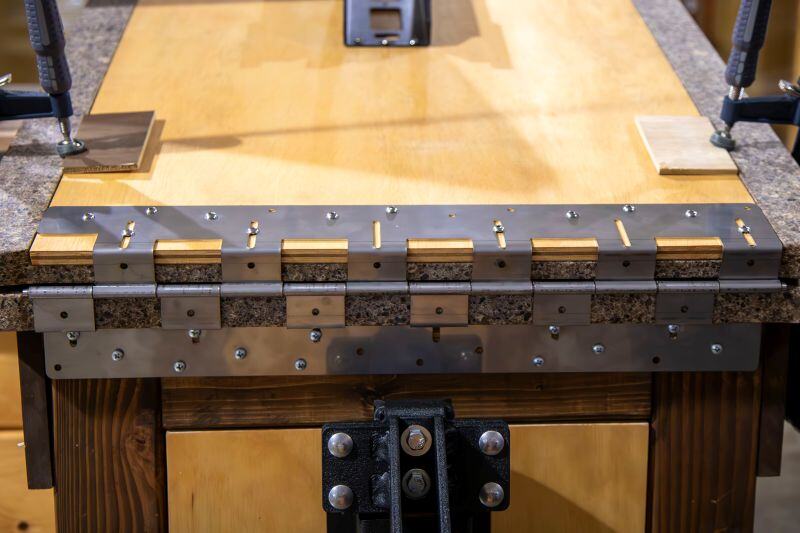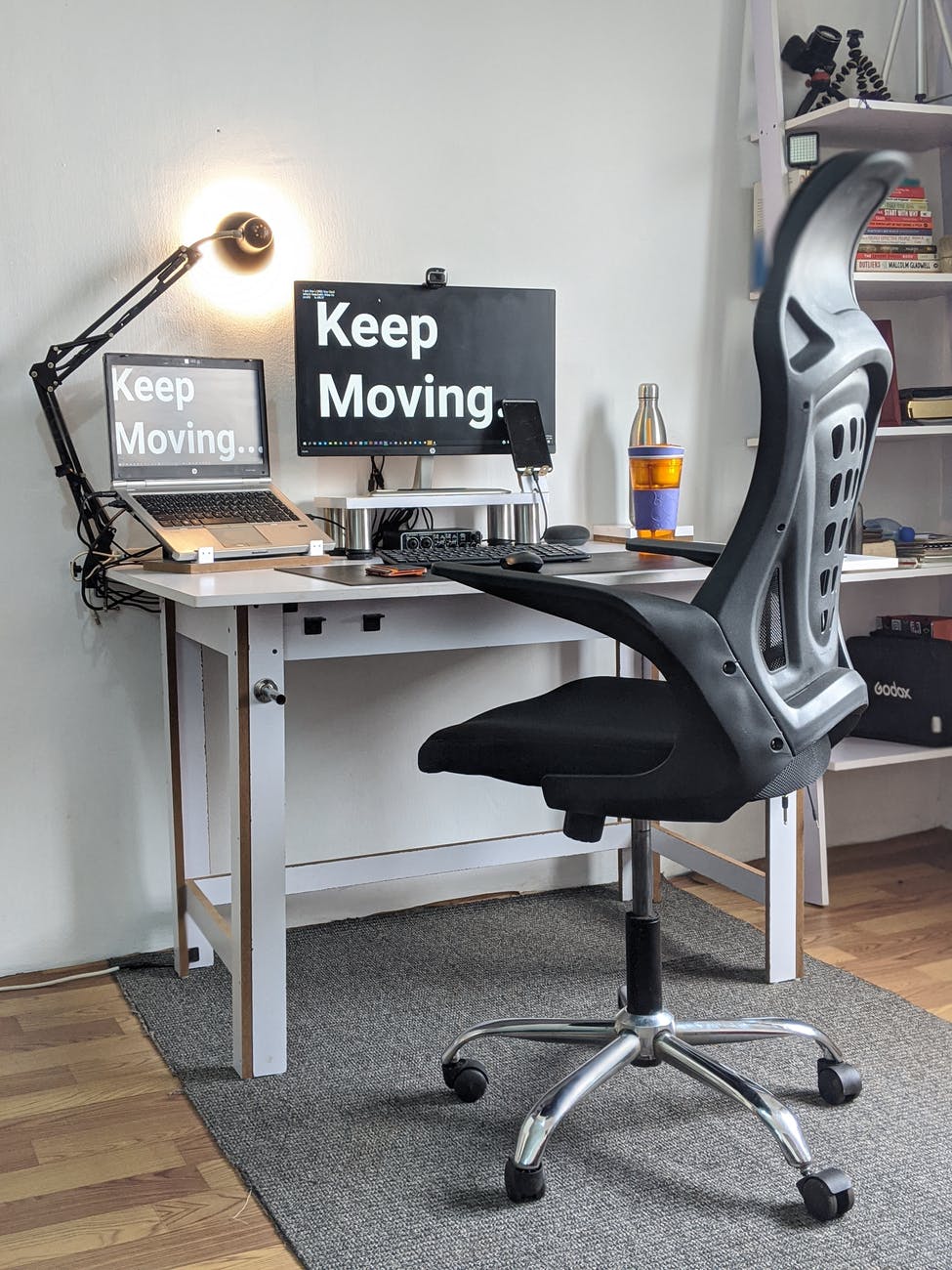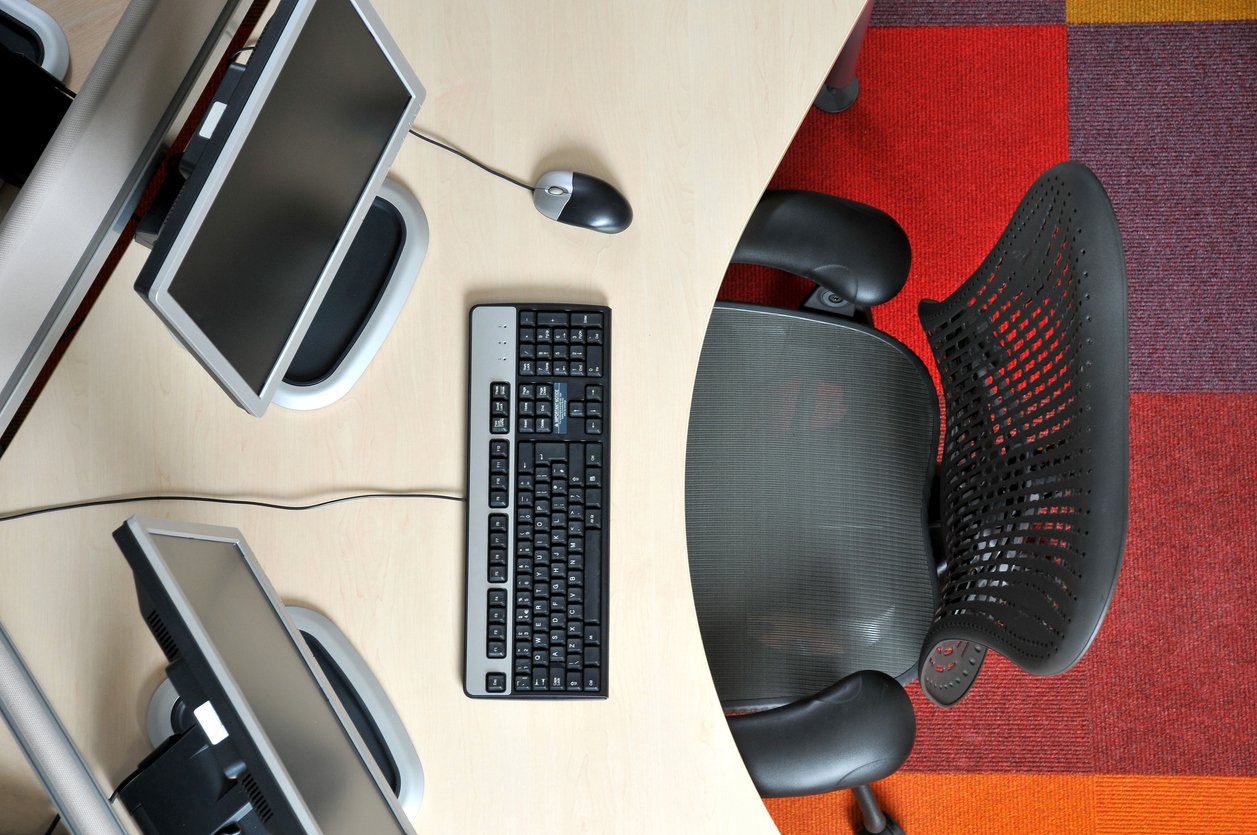Engineers and designers often stop to consider what type of hinge a product really needs. In many cases, a standard hinge does the job – it’s affordable, reliable, and easy to source. But when equipment is heavier or used more often, those same hinges can wear out faster and compromise safety.
Heavy Duty Industrial Hinges: When a Standard Hinge Isn’t Enough
Topics: Ergonomics, Motion Control, Design, Appliance, Counterbalance Hinge, Hinge, Hinges, Industrial, Durability, Manufacturing
[Design Guide] Heavy-Duty Stainless Steel Marine Hinges
No matter where you live, work, or play, hinges are everywhere. You’ll find them on cabinets. On refrigerators. On cars and airplanes. They’re a quiet part of daily life that keeps things moving.
Boats are different. They rely on hinges that do far more than open and close. Marine hinge design calls for careful thinking about motion control, spring assistance, and the effects of salt, weather, and humidity.
Topics: Applications, Ergonomics, Motion Control, Design, Hinge, Hinges, Industrial, Finishing, Durability, Manufacturing
Light vs. Heavy-Duty Hinges: Which One Does Your Design Really Need?
When you’re working through the details of a new product design, it’s easy to think, “A hinge is a hinge.” But if you’ve ever seen a lid sag, a door bind, or an access panel fail under load, you know hinge selection can make or break a design.
The temptation to save a few dollars with a lighter, cheaper hinge is real, especially when budgets are tight. Yet choosing the wrong hinge can lead to damaged equipment, unsafe operation, and costly redesigns down the line.
Topics: Ergonomics, Motion Control, Counterbalance Hinge, Hinge, Hinges, Durability, Hidden Hinges, heavy duty hinge
Ergonomic Standing Workstation Guidelines That Keep You Moving
Topics: Ergonomics, office equipment, OSHA
Ergonomic Hazards in Construction: Protecting Worker Health
When most people hear “ergonomics,” they picture office workers at desks. But ergonomics – designing or modifying the working environment for the worker’s health and comfort – is just as important in the construction industry.
Topics: Applications, Ergonomics, Industrial, Safety
Weber Knapp Products & Services You May Not Know About
When most people think of Weber Knapp, one thing might come to mind: hinges. And it makes sense. For decades, the company has been a trusted source of precision-engineered motion control solutions, especially heavy-duty and counterbalance hinges. But here’s the thing – hinges are used in such a wide variety of applications.
Topics: Applications, Ergonomics, Appliance, Counterbalance Hinge, Hinges, Manufacturing, Smokin' Ugly, Drum Smoker Accessories, Services
OSHA Ergonomic Guidelines: Creating the Ultimate Workstation
A stiff neck, sore back, or aching wrists after a long day at your desk isn’t just annoying; it’s a warning sign. With more people working in front of screens than ever before, the health risks of poor workstation habits are on the rise. The key is applying OSHA ergonomic guidelines – simple adjustments that protect employees' bodies, keep them comfortable, and help them perform at their best.
Topics: Ergonomics, Motion Control, Safety, Testing & Prototyping, office equipment, OSHA
Hospital Furniture Standards: What Healthcare Facilities Need to Know
When you walk into a hospital, it’s easy to notice the advanced medical equipment, high-tech monitors, and life-saving devices. Just as important, though often overlooked, are the chairs, tables, cabinets, and beds that fill each room.
Topics: Counterbalances, Ergonomics, Design, Hinges, Medical Equipment, Safety, Hospitality Furniture
How to Create the Ideal Ergonomic Desk Setup with Screen Placement & Monitor Arms
When it comes to ergonomics and computer screens, it’s all in how you look at them. One thing is beyond dispute: If you want an ergonomic workstation setup at the office or in a university setting, there’s definitely a right way and a wrong way to do it.
Topics: Ergonomics
Collaborative Workspace Design: Integrating Ergonomics & Hot Desking
Office design has always balanced space efficiency with employee well-being. As businesses evolve, so must workspaces — making collaborative workspace design more important than ever. Hot desking is one of the most innovative evolutions within this category, enabling businesses to optimize their space through flexible, shared office environments.
Topics: Ergonomics
.png?width=12000&height=2033&name=WeberKnappLogo_white%20(1).png)











